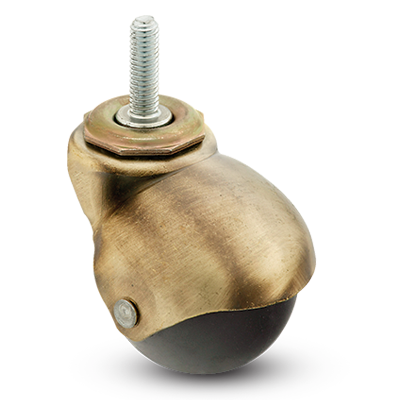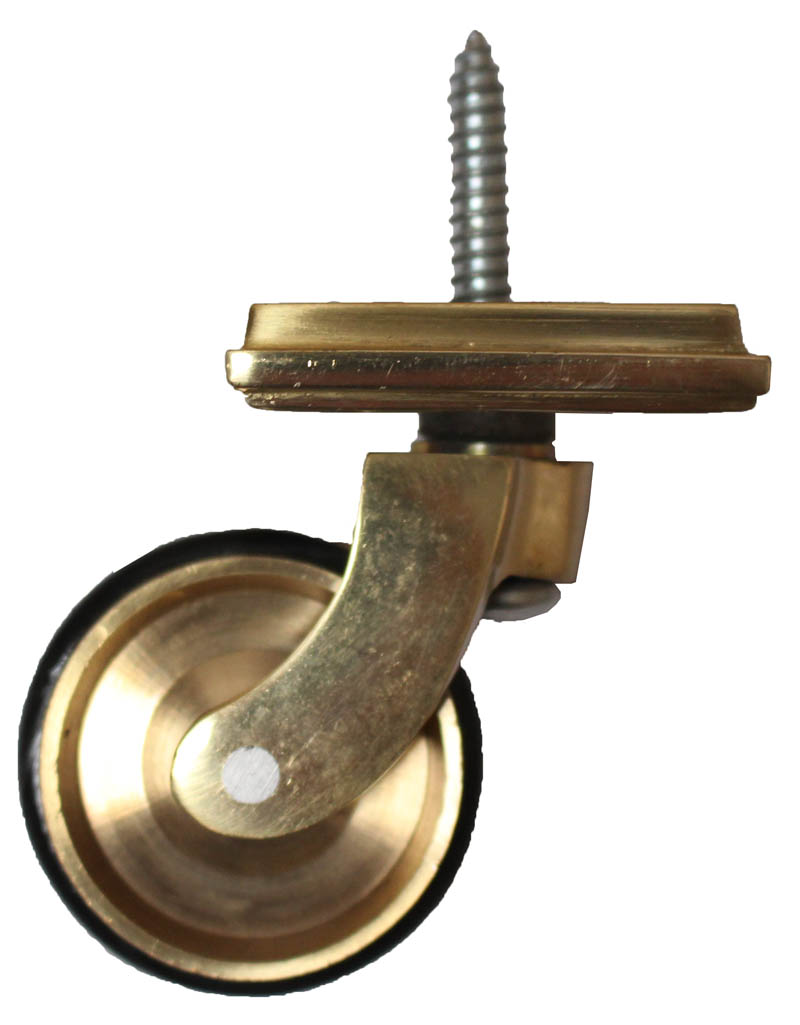Introduction to Decorative Furniture Casters
As a furniture enthusiast and a home decor aficionado, I’ve always been captivated by the little details that bring a room together. Among these details, decorative furniture casters stand out as both a functional and aesthetic addition to our favorite pieces. In this comprehensive guide, we’ll explore everything from their history and benefits to how to choose the right ones for your furniture.
What Are Decorative Furniture Casters?
Decorative furniture casters are small wheels attached to the legs of furniture items, allowing for easy mobility without sacrificing style. Initially designed for functionality, these casters have evolved into attractive accessories that can enhance the overall look of the furniture.
The History Behind Furniture Casters
Did you know that the concept of using wheels on furniture dates back to the 18th century? Initially, casters were practical additions to heavy furniture pieces like armoires and pianos. However, with the evolution of design, casters have become an essential element in modern interior decor.
Benefits of Using Decorative Furniture Casters
Decorative furniture casters offer numerous advantages that can elevate both the functionality and aesthetics of your home decor. Here are some key benefits:
- Enhanced Mobility: Easily move heavy items without straining your back.
- Style Enhancement: Available in various designs, colors, and materials, they can add a touch of elegance.
- Protect Floors: Prevent scratches and damage to flooring surfaces.
- Versatility: Suitable for various furniture types, including chairs, tables, and cabinets.
Choosing the Right Decorative Casters
When selecting decorative furniture casters, consider the following factors to ensure you make the best choice:
Material
Decorative casters come in a variety of materials, including:
- Metal: Offers durability and a modern look.
- Wood: Provides a classic feel that can complement traditional furniture.
- Plastic: Lightweight and affordable, but may lack aesthetic appeal.

Style
From vintage to contemporary, the style of the caster should complement the furniture’s design:
- Industrial: Often made of raw materials, perfect for loft-style homes.
- Vintage: Ornate designs that add character.
- Minimalist: Sleek designs that blend seamlessly with modern decor.
Size and Weight Capacity
Ensure that the casters you choose can support the weight of your furniture:
- Check the weight capacity specified by the manufacturer.
- Consider the size of the casters in relation to your furniture dimensions.

Types of Decorative Furniture Casters
There are several types of decorative furniture casters, each suited for particular styles and functionalities:
Swivel Casters
These casters can rotate 360 degrees, making them ideal for furniture that requires frequent movement in different directions.
Fixed Casters
Fixed casters only move in one direction, suitable for furniture that doesn’t need to be relocated often.

Brake Casters
These casters include a locking mechanism that prevents furniture from rolling, providing stability when needed.
Comparing Decorative Furniture Casters: A Table Overview
| Type | Functionality | Ideal Use | Pros | Cons |
|---|---|---|---|---|
| Swivel Caster | Rotates 360 degrees | Chairs, movable tables | High maneuverability | May roll away if not locked |
| Fixed Caster | Moves in one direction | Heavy furniture | Stability | Limited movement |
| Brake Caster | Locks into position | Desks, cabinets | Secure when stationary | Potentially more expensive |

Personal Experience: My Journey with Decorative Casters
When I moved into my first apartment, I inherited an old wooden coffee table that was sturdy but extremely heavy. I struggled to reposition it whenever I vacuumed or rearranged the furniture. After much deliberation, I decided to replace the standard plastic gliders with decorative casters. The difference was incredible—not only could I easily move the table, but the new brass casters added a vintage charm that complemented my decor beautifully.
Choosing the Right Size
In my quest for the perfect casters, I learned that size matters. The casters I initially bought were too small for the table’s weight, causing them to break. After that mishap, I ensured I considered both diameter and load-bearing capacities before making a final decision.
Installing Decorative Casters: A Step-by-Step Guide
Tools Needed
- Drill
- Screwdriver
- Measuring tape
- Level
Installation Steps
- Measure the height of the furniture and the new caster.
- Mark the installation points on the furniture legs.
- Drill holes at the marked points carefully.
- Attach the casters using screws or bolts, ensuring they’re secure.
- Check that the furniture is level and that the casters roll smoothly.

Pros and Cons of Decorative Furniture Casters
Pros
- Adds aesthetics to furniture pieces.
- Improves functionality with ease of movement.
- Can extend the life of flooring surfaces.
Cons
- May require regular maintenance for optimal performance.
- Some styles may be more expensive than standard gliders.
- Not all furniture styles are compatible with casters.

Frequently Asked Questions (FAQs)
Are decorative furniture casters suitable for all types of furniture?
While most furniture can accommodate decorative casters, it’s important to ensure that the furniture’s design can support the added height and weight. Always check the manufacturer’s recommendations for specific models.
How do I choose the right casters for my furniture?
Consider the weight capacity, material, and style of both the furniture and the casters. It’s also essential to think about how often you will need to move the piece; for frequent movement, swivel casters may be ideal.

Can I install decorative casters myself?
Yes! Installing decorative casters is a straightforward DIY project that requires minimal tools. Just be sure to follow the instructions provided with your casters for the best results.
How do I maintain my decorative casters?
Regularly check the casters for any signs of wear or damage. Cleaning them occasionally with a damp cloth can also help maintain their appearance and functionality.